
Hajime no Ippo: New Challenger
Summary: Japanese Featherweight Champion Ippo Makunouchi has successfully defended and retained his title. Meanwhile, his rival, Ichirou Miyata, has resurfaced in Japan, aiming for his own Featherweight belt in the Oriental Pacific Boxing Federation. When the rest of the world comes knocking, however, will Japan's best fighters rise to the challenge and achieve glory at the top? Or will the small island nation be crushed under the weight of greater entities? This time, champions will become challengers issuing a call to the rest of the world and ready to show off their fighting spirit!
[Written by MAL Rewrite]
Description
Japanese Featherweight Champion Ippo Makunouchi has successfully defended and retained his title. Meanwhile, his rival, Ichirou Miyata, has resurfaced in Japan, aiming for his own Featherweight belt in the Oriental Pacific Boxing Federation. When the rest of the world comes knocking, however, will Japan's best fighters rise to the challenge and achieve glory at the top? Or will the small island nation be crushed under the weight of greater entities? This time, champions will become challengers issuing a call to the rest of the world and ready to show off their fighting spirit!
[Written by MAL Rewrite]
Hajime no Ippo: New Challenger Pictures
Hajime no Ippo: New Challenger Review
Hajime no Ippo: New Challenger — Japanese Featherweight Champion Ippo Makunouchi has successfully defended and retained his title. This overview is intentionally spoiler-free and focuses on tone and intent rather than plot specifics.
Thematically, It sits firmly within Sports conventions as a TV work and has garnered attention (MAL score: 8.67). This work explores character dynamics, tonal shifts, and the interplay between narrative ambition and execution. The story's pacing and tonal choices are crafted to complement the central ideas, often emphasizing atmosphere and emotional truth over explicit exposition. The show's ability to evoke a consistent mood — whether melancholic, exuberant, or contemplative — is a recurring strength, and the scenes are constructed so viewers can infer stakes without needing explicit spoilers.
Characterization is a core pillar here. Protagonists and supporting figures are written with distinct motivations and narrative roles; even when archetypal, the series invests in small behavioral details that make choices feel earned. Character arcs are handled with an eye for gradualism: development often arrives through incremental beats rather than abrupt, expository shifts. The interactions between characters create texture, and relationships are used to illuminate both personal flaws and larger thematic concerns.
On the visual front, production values play a significant role. The animation quality varies by sequence but frequently showcases thoughtful direction and composition. Background art, framing, and color palettes are used deliberately to support tone — quieter scenes favor muted palettes while action or heightened emotional beats employ brighter, more kinetic visuals. Direction choices, such as camera movement and shot selection, often elevate scenes beyond their raw script, creating moments that linger in the viewer's mind.
The soundscape — score, incidental music, and sound design — complements the visual language. Music cues are placed to maximize emotional resonance without manipulating the audience with melodrama; this restraint often leads to more authentic emotional payoff. Sound design punctuates key moments, and when the series leans on silence, those quieter moments are given weight by measured audio choices.
Pacing and structure are handled with craft. Episodes are arranged to build tension and release methodically, and the narrative rarely rushes through important emotional beats. That said, the deliberate pacing may feel slow to viewers who prefer faster plot turnover; the reward is greater nuance and an accumulation of meaning across the series. Accessibility is generally good — one can appreciate surface-level pleasures, while repeat or attentive viewing reveals additional layers.
No title is without flaws. Occasional unevenness in subplots or variable animation across episodes can be distracting. Some tonal shifts might feel abrupt if you expect uniformity; others will argue that those shifts are purposeful. These are worth noting, but they seldom undercut the larger achievements of the work.
In sum, Hajime no Ippo: New Challenger offers a rich experience for viewers who value character-driven storytelling, considered visual design, and a soundtrack that supports rather than overwhelms. For fans of Sports, this is an especially rewarding watch. It's recommended for those who appreciate layered narratives and artistry in animation, and best approached with patience and attention to nuance.
Characters & Voice Actors

Aoki, Masaru
Main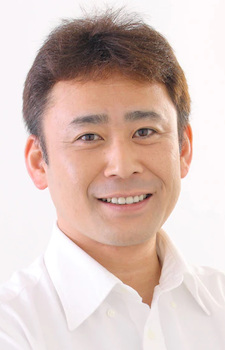

Itagaki, Manabu
Main

Kamogawa, Genji
Main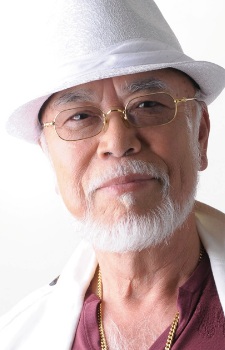

Kimura, Tatsuya
Main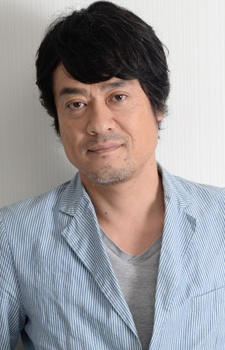

Makunouchi, Ippo
Main

Takamura, Mamoru
Main

Alegria, Arman
Supporting

Baraki, Haseo
Supporting
Coach Shinoda
Supporting

Commentator
Supporting

Date, Aiko
Supporting

Date, Yuuji
Supporting

Date, Eiji
Supporting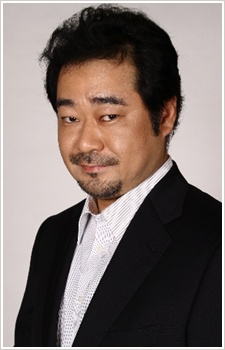

Fujii, Minoru
Supporting

Gregory, Arnie
Supporting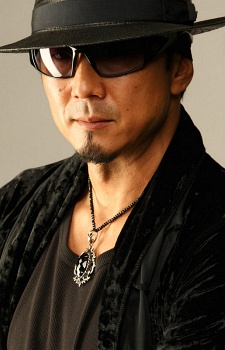

Hachinoe Coach
Supporting

Hawk, Bryan
Supporting

Iimura, Mari
Supporting

Imai, Kyousuke
Supporting

Itagaki, Mother
Supporting
Staff

Hattori, Yuuta
Producer

Tamura, Manabu
Producer

Yoshimoto, Satoshi
Producer

Shishido, Jun
Director, Storyboard, Key Animation

Nakajima, Toshihiko
Sound Director

Asari, Fujiaki
Episode Director

Kawamura, Kenichi
Episode Director, Storyboard

Kim, Min-sun
Episode Director

Kuboyama, Eiichi
Episode Director

Natori, Takahiro
Episode Director

Osedo, Satoshi
Episode Director

Shimoda, Hisato
Episode Director

Sueda, Yoshifumi
Episode Director

Suzuki, Takaaki
Episode Director

Watanabe, Kotono
Episode Director, Script, Storyboard

Muroi, Fumie
Script, Storyboard, Key Animation, Assistant Animation Director

Nakagawa, Jun
Script

Takei, Fuuta
Script

Higashide, Futoshi
Storyboard, Key Animation

Miya, Shigeyuki
Storyboard, Key Animation